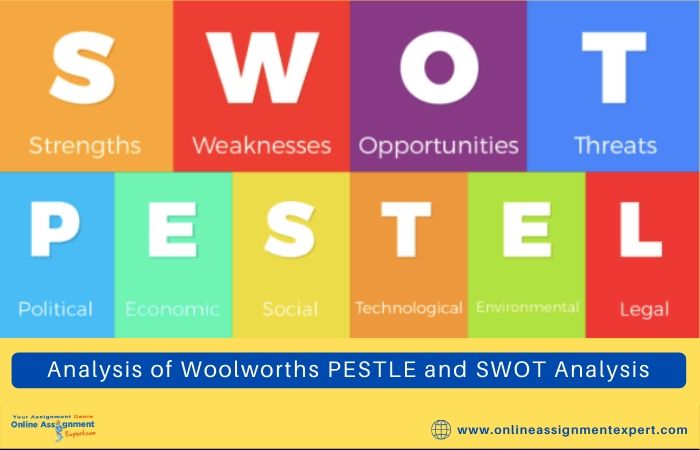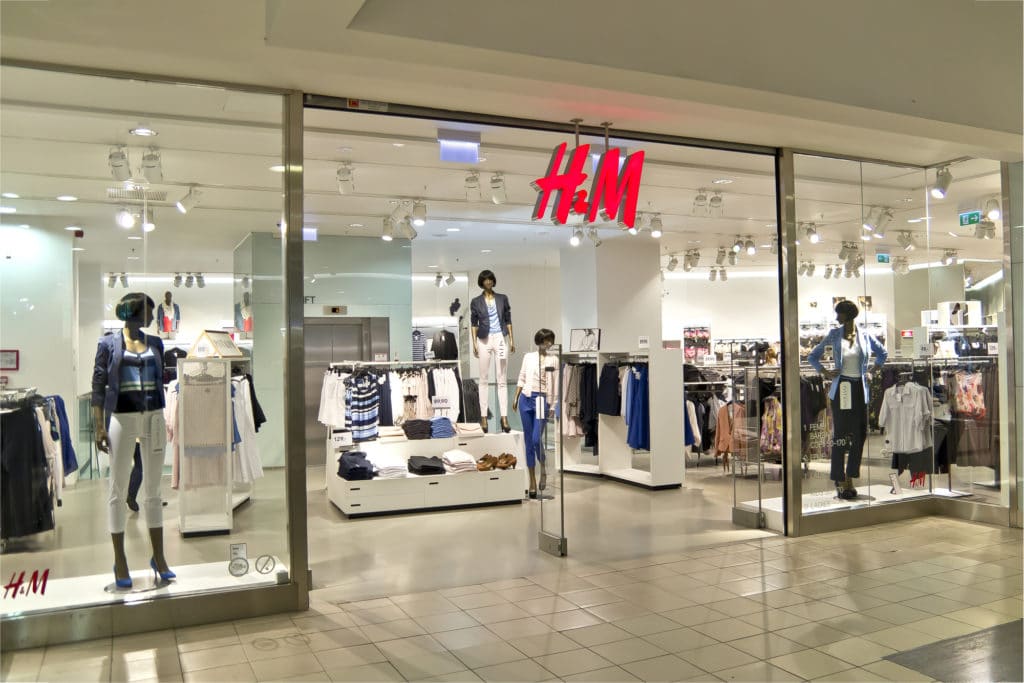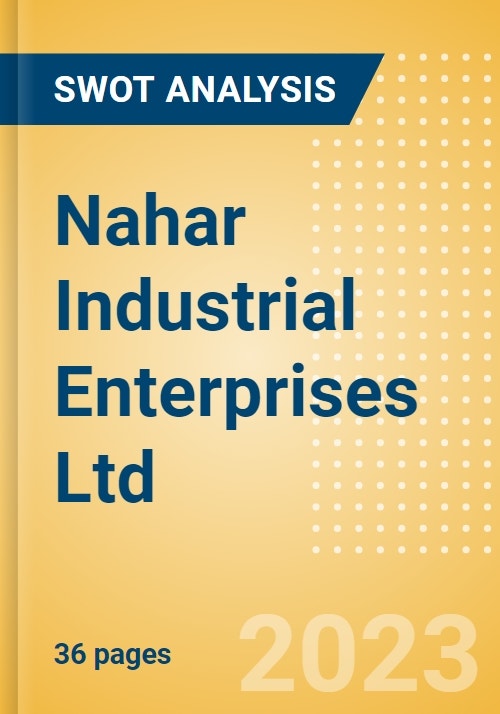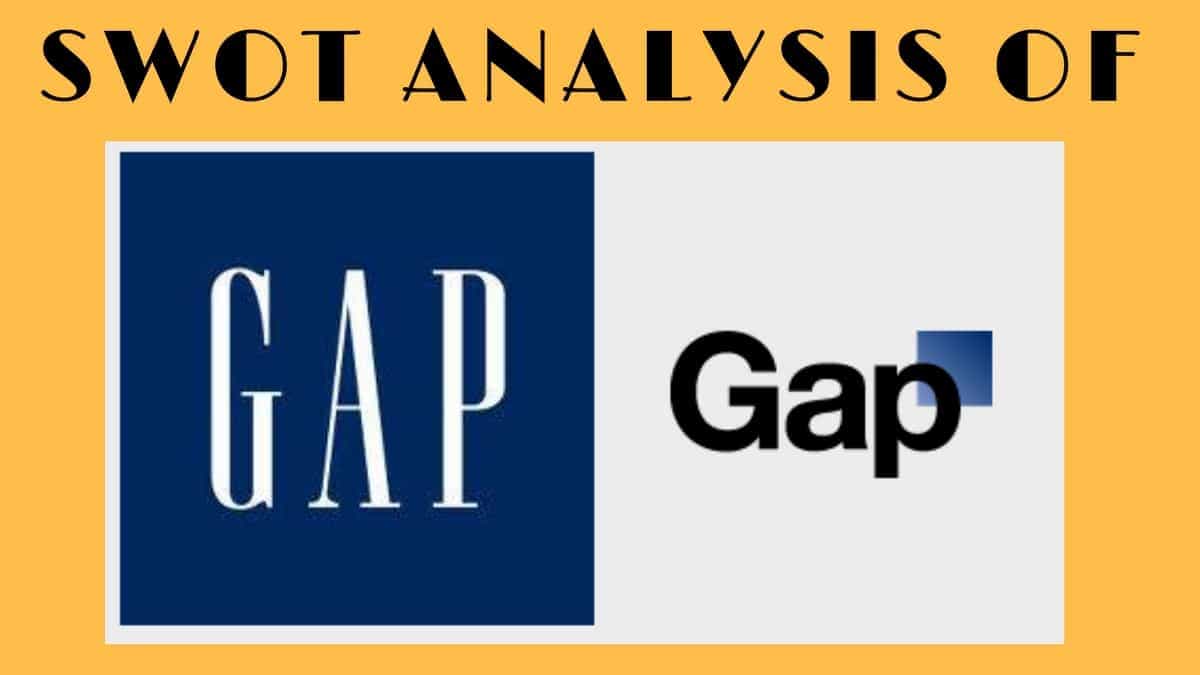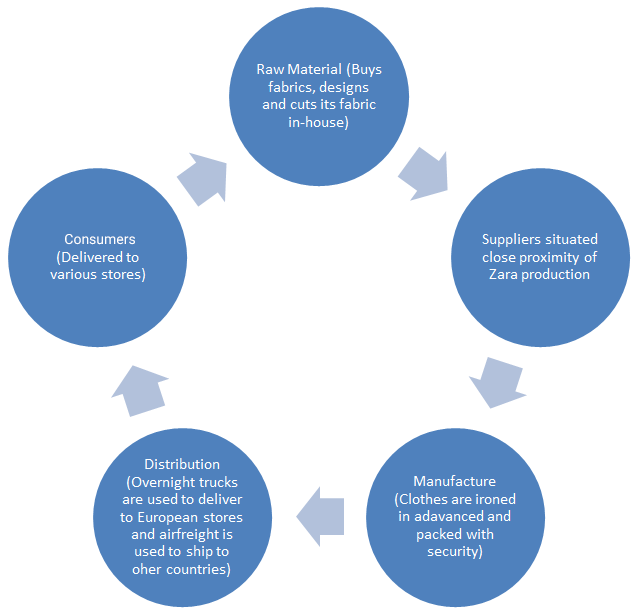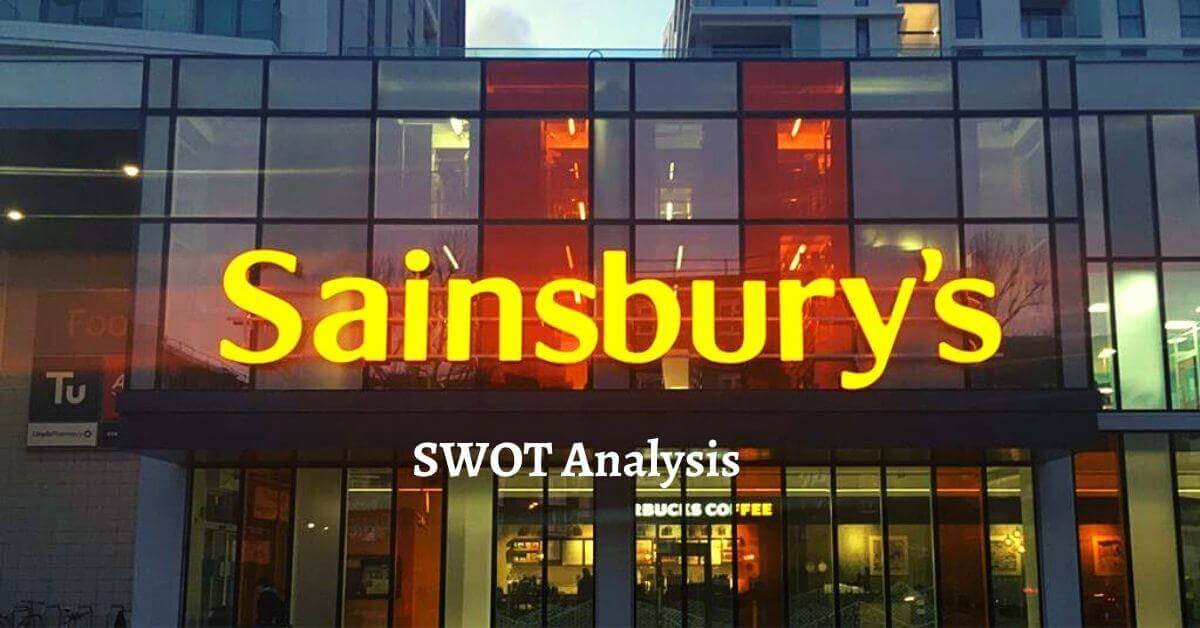A SWOT (Strengths, Weaknesses, Opportunities, and Threats) analysis is a tool used to assess the internal and external factors that can impact an organization. In this essay, we will analyze the SWOT of H&M (Hennes & Mauritz) in 2017.
Strengths:
- H&M is a well-known global brand with a strong presence in the fashion industry. It has a wide range of products, including clothing, accessories, and home decor, and it has a large customer base.
- H&M has a strong supply chain and efficient production processes, which allow it to offer competitive prices and quickly respond to changes in consumer demand.
- H&M has a strong online presence, with a comprehensive e-commerce platform and a significant presence on social media. This allows the company to reach a wide audience and connect with customers.
- H&M has a strong focus on sustainability and corporate social responsibility, with initiatives such as its Conscious Collection and its commitment to reducing its environmental impact.
Weaknesses:
- H&M has faced criticism for its labor practices, with allegations of poor working conditions and low wages in its supply chain. This has led to negative publicity and damage to the company's reputation.
- H&M has also faced criticism for its fast fashion business model, which relies on producing large quantities of cheap, trendy clothing. This model has been criticized for contributing to environmental and social problems, such as pollution and overconsumption.
- H&M has faced competition from other fast fashion retailers, such as Zara and Forever 21, which have similar business models and target the same customer base.
- H&M has also struggled with inventory management, leading to excess inventory and markdowns that have impacted the company's profitability.
Opportunities:
- H&M has the opportunity to expand its presence in emerging markets, such as China and India, where there is growing demand for fast fashion.
- H&M has the opportunity to expand its product offerings, such as by introducing new categories or collaborating with other brands.
- H&M has the opportunity to improve its sustainability efforts and reputation by implementing more sustainable practices throughout its supply chain and by highlighting these efforts to consumers.
- H&M has the opportunity to improve its online presence and e-commerce capabilities, such as by investing in personalized marketing and improving the customer experience on its website.
Threats:
- H&M faces the threat of rising labor and production costs, which could impact its profitability and competitiveness.
- H&M also faces the threat of changing consumer preferences, as more people become conscious of environmental and social issues and opt for more sustainable fashion options.
- H&M faces the threat of increasing competition from both traditional retailers and online platforms, such as Amazon.
- H&M faces the threat of economic downturns and currency fluctuations, which could impact its sales and profitability.
Overall, H&M's strengths include its strong brand, efficient supply chain, and online presence, while its weaknesses include criticism of its labor practices and fast fashion business model, as well as inventory management issues. The company has opportunities to expand into new markets, expand its product offerings, and improve its sustainability efforts, but it also faces threats such as rising costs and changing consumer preferences. In 2017, H&M would need to address these internal and external factors in order to continue to be successful in the fashion industry.
SWOT analysis is a strategic planning tool that helps organizations assess their strengths, weaknesses, opportunities, and threats. It allows companies to identify internal and external factors that can impact their business and make informed decisions about how to move forward. In this essay, we will be discussing the SWOT analysis of H&M (Hennes & Mauritz) in 2017.
Strengths:
H&M is a well-known and established fashion retailer with a strong brand presence globally. It has a diverse product range that includes clothing, accessories, and home furnishings for men, women, and children. H&M also has a strong supply chain and a large network of stores, with over 4,800 locations in 62 countries. This enables the company to reach a wide customer base and respond quickly to changes in consumer demand.
H&M is also known for its commitment to sustainability and corporate social responsibility. The company has a number of initiatives in place to reduce its environmental impact and promote ethical and responsible business practices. This can be a major strength for H&M, as consumers are increasingly looking for companies that align with their values and prioritize sustainability.
Weaknesses:
One potential weakness for H&M is the intense competition in the fashion industry. The company faces competition from both traditional retailers and online marketplaces, and must continually strive to stay relevant and offer unique products to attract and retain customers.
Another potential weakness is that H&M's business model is based on fast fashion, which involves quickly producing large quantities of trendy and affordable clothing. This model can be unsustainable and environmentally damaging, as it relies on cheap labor and often results in excess waste. H&M has faced criticism for its labor practices and environmental impact in the past, which could damage its reputation and reduce consumer loyalty.
Opportunities:
One major opportunity for H&M is the growing demand for sustainable fashion. As consumers become more aware of the environmental and social impacts of the fashion industry, they are increasingly seeking out brands that prioritize sustainability. H&M's commitment to sustainability could be a major advantage in this market.
Another opportunity for H&M is the rise of online shopping. The company has made significant investments in its online presence and has a strong e-commerce platform. This allows the company to reach customers who may not live near a physical store and could expand its customer base.
Threats:
One major threat to H&M is the ongoing impact of the COVID-19 pandemic. The pandemic has disrupted supply chains and led to temporary store closures, which could negatively impact the company's sales and profitability.
Another threat is the increasing popularity of low-cost, fast fashion competitors. These companies may offer similar products at lower prices, which could make it difficult for H&M to compete on price.
Overall, H&M's strengths include its strong brand presence, diverse product range, and commitment to sustainability. Its weaknesses include intense competition and the potential negative impacts of its fast fashion business model. Opportunities for the company include the growing demand for sustainable fashion and the rise of online shopping. Threats to H&M include the ongoing impact of the COVID-19 pandemic and the increasing popularity of low-cost competitors.
